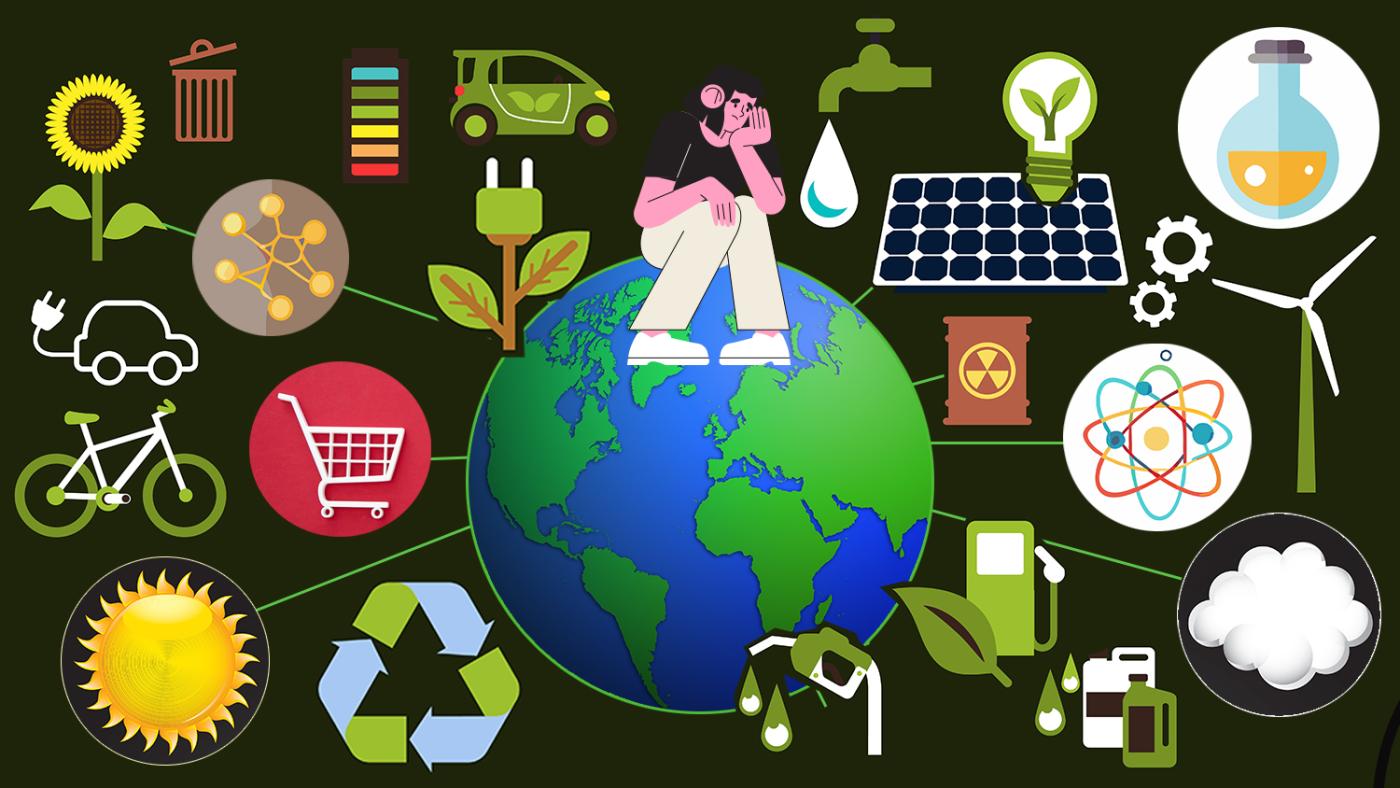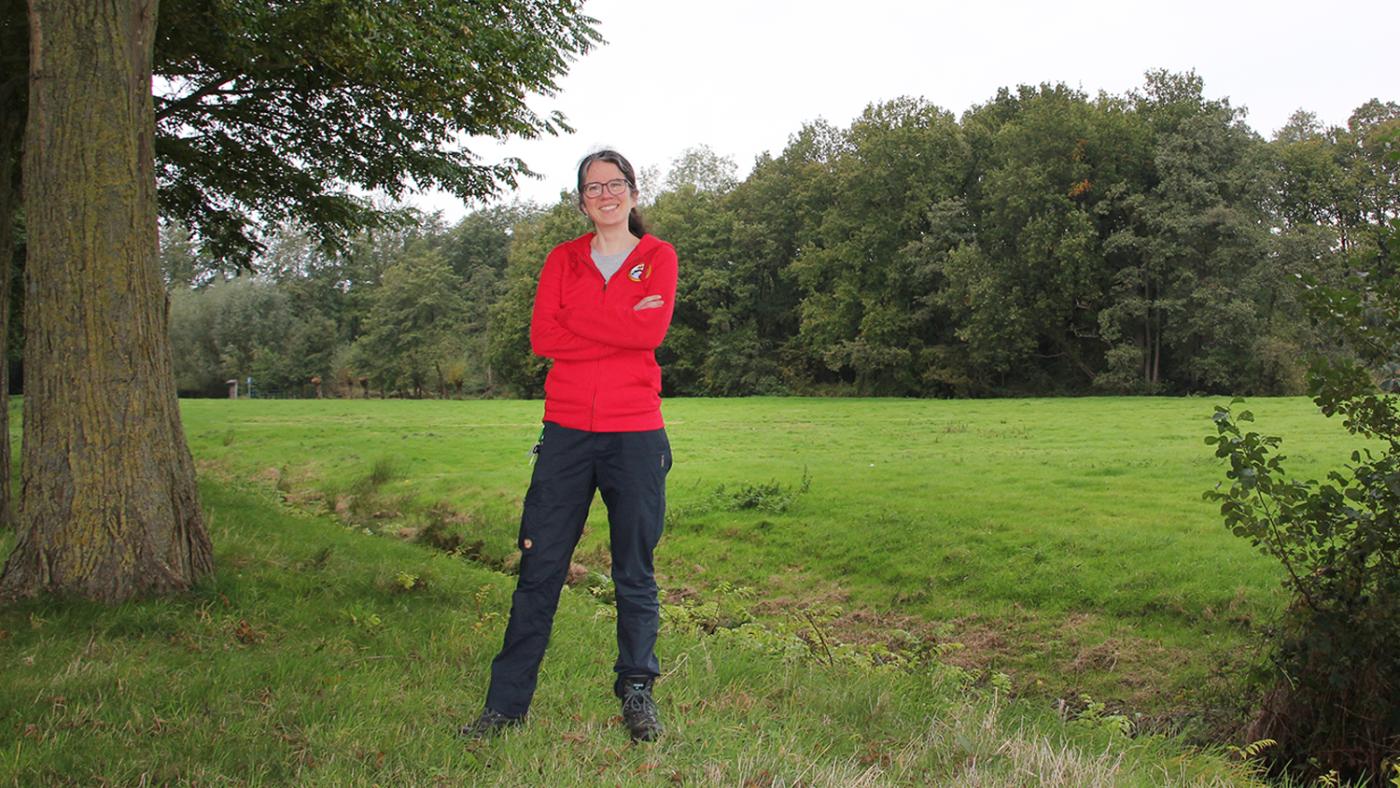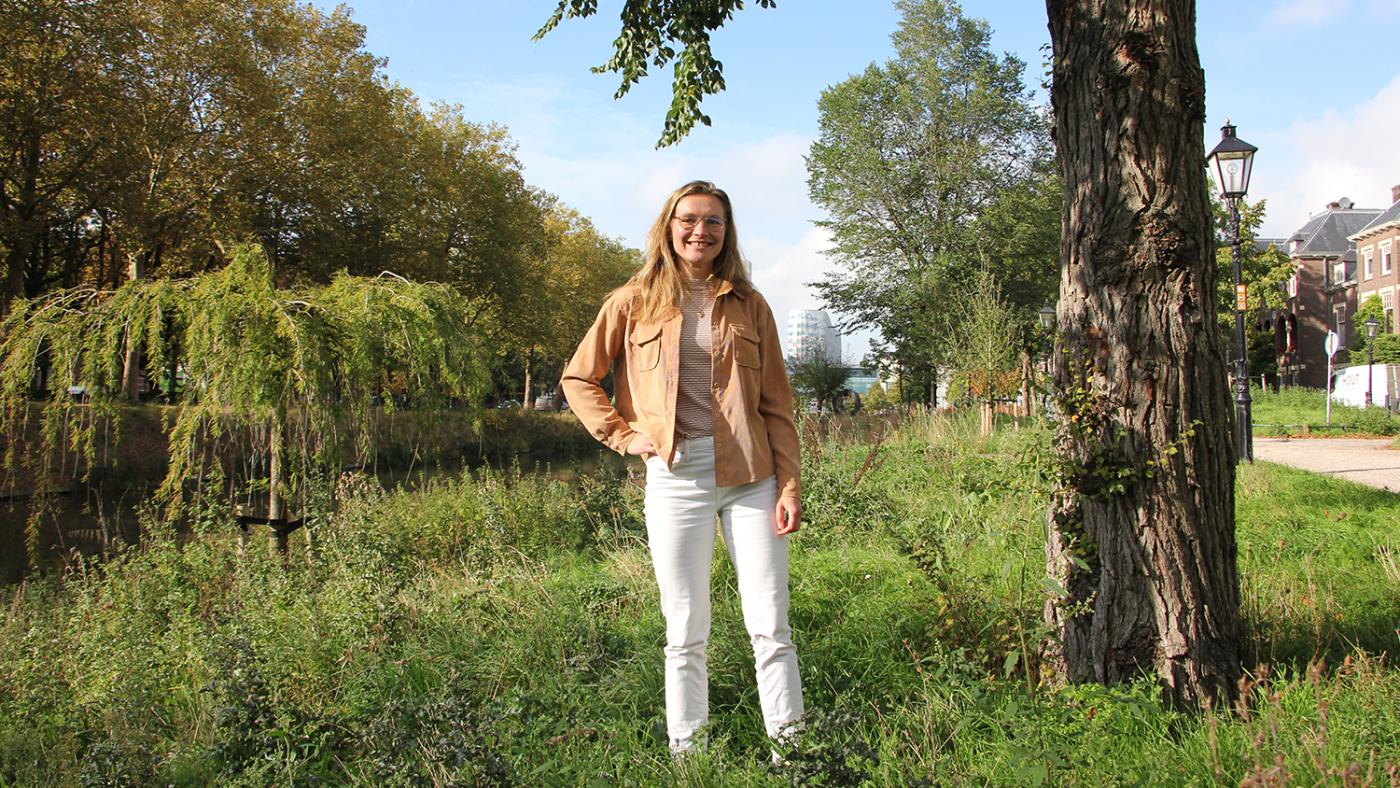UU researchers: climate modification can distract from necessary changes
Is a technological approach to the climate crisis inevitable or just an excuse?

Is it wise to publish an article about climate modification? The question arises at the end of a 90-minute interview with Jeroen Oomen. As a university lecturer, he researches solar radiation management, a technology that reflects sunlight and could thus cool the planet. Oomen has been receiving more and more interview requests from media interested in his sociological research, but he fears that the more people read about the technology, the faster it will become normalised.
And that is exactly what Oomen wants to prevent. Solar radiation management (SRM) requires a very high level of political cooperation between countries. In addition, he and many other scientists believe the technology could have negative consequences for the local climate and biodiversity. But perhaps the most important danger is that SRM can distract people from other measures that are necessary to combat the climate crisis.
“These technologies are all problematic as long as they suggest we do not have to change our usage patterns,” he says. “Technological solutions have an important function to fulfil, but they are not the answer.” In Oomen's view, SRM is an important example of "excuse science": a scientific approach to the climate problem which politicians and companies can use to avoid implementing social or systematic changes.
‘We must think of an alternative’
All researchers would like to solve the climate crisis, but opinions differ widely on how to do so. In recent years, there's been a heated debate about geoengineering techniques such as SRM. In the most discussed form of this technology, hundreds of planes would spray aerosols into the upper layers of the atmosphere, which would reflect some of the sunlight back into space. Just like reflective sulfur particles released during a volcanic eruption, this could lower the Earth's temperature.

Jeroen Oomen. Photo: Marcel Hobma
Despite the uncertainties, the technology has potential, says Claudia Wieners, a UU researcher who models the climate effects of SRM. “Ideally, you would tackle the climate crisis by reducing emissions, but we have been past that point for years,” she says.
The goal of staying below a temperature increase of 1.5 degrees Celsius will probably not be achieved even with ambitious measures to reduce emissions and capture CO2. Even if it was achieved, it is uncertain whether that would be enough to prevent a decline in biodiversity and the liveability of the planet. “The situation is so bad that we must also consider alternatives such as SRM, even though it contains many dangers.”
‘How to use such a technology fairly?’
The dangers are not insignificant. For scientists like Jeroen Oomen and Professor Frank Biermann, this was reason enough to publish a proposal for an international agreement not to use or develop methods to dim sunlight. That was two years ago.
“At present, the current international political system is unable to manage a complex, long-term project like SRM,” says Biermann, who initiated the proposal. According to him, the United Nations does not have enough clout to keep countries in line, which is extremely necessary. To successfully block sunlight, the reflective particles will have to be distributed over the entire globe without interruption for a very long time.
“Solar radiation management can also have different effects at the local level, so they would work more or less depending on the region - in ways that are almost impossible to predict,” says Biermann, who received the Volvo Environmental Prize in Sweden this month for his research into international environmental policy.
“Not only do you get an experimental designer climate, but you must also find a way to use such a technology fairly. How do you do that? There are no political or legal mechanisms for that yet.” That's why several African countries, as well as island states such as Vanuatu and Fiji, have recently expressed their support for a non-use mechanism for SRM.
Biermann adds that, once developed, the technology could lead to major geopolitical conflicts. “This is the classic Oppenheimer dilemma. You develop a new, high-risk technology, like the atomic bomb, without knowing what to do with it. Then this technology ends up in the hands of people in power, and they use it politically. As a scientist, you no longer have any control over your creation.”

Frank Biermann. Photo: courtesy of the scientist.
‘The ship has sailed'
Claudia Wieners acknowledges the challenges of SRM and says we're dealing with a difficult decision. Nevertheless, she sees no reason to stop the research and development of the technology. “Critics claim that researching SRM increases the chance we will use it. That might happen, but I hope that good research will reduce the chances of SRM being applied incorrectly.”
Besides, she says the technology is already being researched extensively - often behind closed doors. “It is too late not to consider geo-engineering as a serious option,” she says. “The ship has sailed: if we don’t do it, it will probably be developed in military laboratories or by big companies. Now we are at least producing public knowledge about its possible consequences.”
A more subtle consequence is that climate modification might render other solutions to the climate crisis invisible. The UU researchers are unanimous: even if geoengineering is used successfully, we must consume less and move away from fossil fuels. “The risk is that politicians, citizens and lobbyists working for companies like Shell will highlight the promises of technological solutions like SRM as an excuse to take the energy transition a bit easier.”
‘Technological promises slow down the energy transition’
According to Wieners, current debates about this technology are not taking this route. "It is still a bit too controversial". Nevertheless, Jeroen Oomen thinks the public debate is shifting fast. “More and more people are becoming afraid of climate change, so everyone is looking at ready-made solutions such as SRM.”
The fact that new technology distracts from necessary social changes is partly the result of conscious choices by conservative think tanks and fossil fuel companies, says Oomen. For example, geoengineering returned to the American political agenda in 1992, after having been taboo for years, when the American Academy of Science published a report to which the fossil fuel industry also contributed.
In addition, distraction is an unconscious and subtle process. According to him, many scientists who work on climate modification realise that it is an extreme approach with many disadvantages and uncertainties. However, in the public arena, scientists often lose control of the message, causing nuance to disappear.”
'Disadvantages and uncertainties are lost in the translation'
This is evidenced by the development of similar technologies, explains Oomen. “Consider big corporations that claim they have been looking for emission-free fossil energy for more than twenty years – by capturing CO2 during combustion, for example. This promise earns them a lot of subsidies and slows down the energy transition, but so far almost all projects have failed."
Nevertheless, CO2 capture and storage technologies have been given an important role in climate policy, says Oomen. “When the IPCC 1.5 degree report was published in 2018, no one had anticipated that such an ambitious scenario would be outlined. In fact, at the time, no one had properly investigated how that goal could be achieved, so CO2 capture was assigned a crucial role when drawing up new climate models.”

Claudia Wieners. Photo: Marcel Hobma
But are climate models realistic? According to researcher Lisette van Beek, who studied the models for her PhD research, they are at the very least a distraction from other measures against the climate crisis. "The models contain certain assumptions, like the assumption that the economy will continue to grow and technology will continue to develop at a certain speed, so they focus on cost efficiency."
"The models assume that future generations will be richer and have more resources to solve our problems," she adds. According to her, alternative approaches such as lifestyle changes and reducing consumption have only recently been modelled.
The climate models gave a prominent role to BECCS (Bioenergy with Carbon Capture and Storage), a way to generate energy by burning biomass and capturing CO2. "Achieving 1.5 degrees of warming in this manner would require an area of up to three times the size of India," says Van Beek. "Policymakers adopt the scenarios, but the disadvantages and uncertainties are lost in the translation."
According to her, the models are usually tailored to policymakers' wishes. After all, they must provide administrators and politicians with politically feasible policies. That's bad, according to both Van Beek and Oomen. The IPCC models highly influence climate policy as they form the scientific basis of international climate policy. Van Beek: "The models not only explore the future, they also create the future."
Both say that the assumptions, political values and choices embedded in the models often remain undiscussed. The researchers would like to expose these values and subject them to a public debate so that other options for tackling the climate crisis can be considered too.
‘The climate has no thermostat’
So, what are these other options? "When someone talks about distraction, they must also define what people are being distracted from," says Claudia Wieners. “Are we only talking about reducing emissions or a complete social revolution?”
This is a question that cannot be answered by science alone, as people's worldviews and values play an important role here. For example, Oomen observes that technological solutions such as SRM, and large-scale CO2 capture and storage reflect an anthropocentric and techno-optimistic worldview.
“The climate crisis is mainly defined as a problem for humans, not for other animals and nature. In addition, the belief in these technologies is linked to the positivist idea that we can understand and change nature through science. This also reflects a strong belief in capitalism and the idea that human, material desires are unchangeable.”

Lisette van Beek. Photo: Marcel Hobma
The UU researchers are unanimous in defending that alternatives should be diametrically opposed to this. Oomen suggests abolishing the Gross National Product as a measure of how successful a society is, for example. He is also in favour of banning advertising from public spaces.
"We should phase out fossil fuels and probably shrink economically, which would have massive consequences for our daily lives", says Van Beek. Such a revolution requires a change in values. Oomen: “How can you build a valuable existence that falls within the limits of what the earth can handle? What kind of work would we do and how would we occupy ourselves in our free time? We all need to seriously discuss this.”
He stresses the importance of not seeing climate change as an isolated problem. He and Van Beek question the dominance of the STEM sciences in the debate on climate change and scientific funding. The social sciences and humanities could offer several ways to critically examine our options to solve the climate crisis, but they only receive a fraction of the research funding. “When you let STEM sciences define the problem, you get a one-dimensional, technological solution,” says Oomen. “But the climate doesn’t have a thermostat with two knobs that you can just turn: it’s also a social phenomenon.”